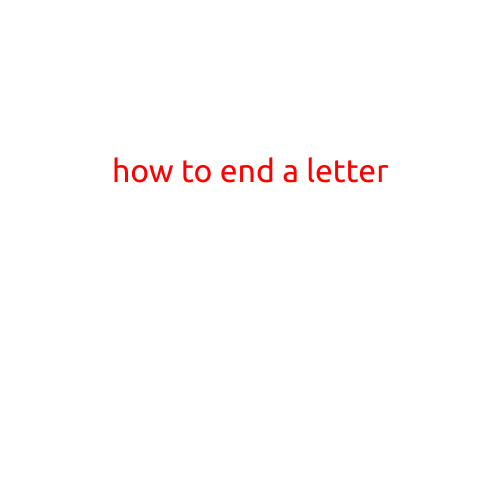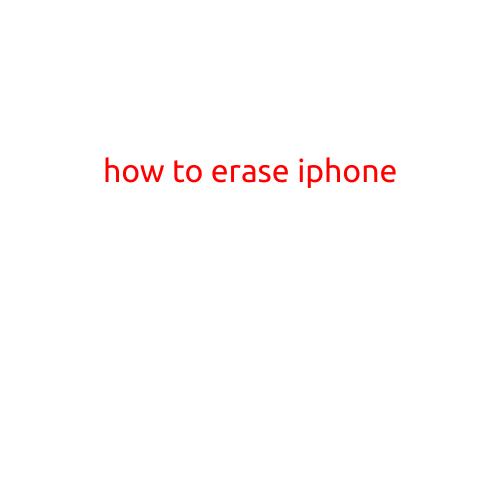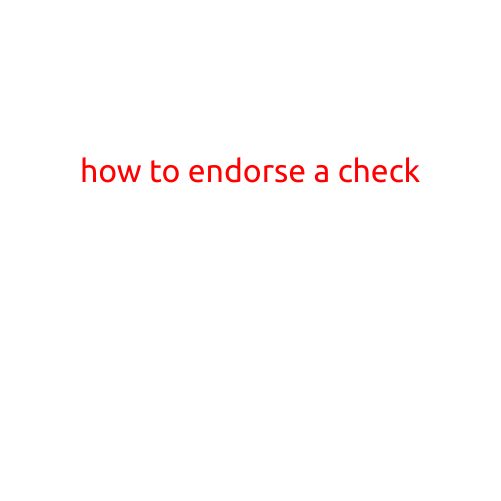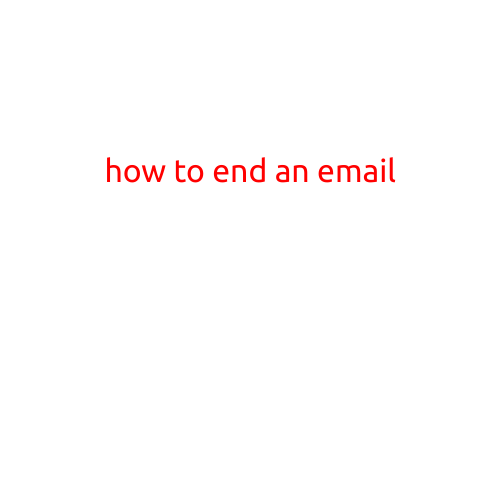
How to End a Letter: The Importance of a Proper Closing
Ending a letter is just as important as the beginning and the content in between. A well-crafted closing can leave a lasting impression on the reader, convey gratitude, and maintain a professional tone. In this article, we will explore the various ways to end a letter and provide tips on how to do it effectively.
Types of Closures
There are several types of closures you can use to end a letter, depending on the purpose and audience. Here are a few common options:
- Sincerely: This is a classic and professional way to end a letter. It is suitable for business, formal, and formal-friendly situations.
Example: Sincerely,
[Your Name]
- Best Regards: This is a neutral option that is suitable for both personal and professional letters. It is a step up from “Sincerely” in terms of formality.
Example: Best regards,
[Your Name]
- Regards: This is a more casual option that is suitable for personal letters or when you want to convey a friendly tone.
Example: Regards,
[Your Name]
- Thank You: Ending a letter with “Thank you” is a great way to express gratitude and appreciation.
Example: Thank you,
[Your Name]
- Yours Truly: This is a more formal option that is suitable for business or formal situations.
Example: Yours truly,
[Your Name]
Tips for Ending a Letter
Be Consistent: Use the same closing throughout the letter. This creates a sense of professionalism and consistency.
Keep it Simple: Avoid using overly creative or elaborate closings. Keep it simple, clear, and concise.
Use a Formal Sign-Off: When ending a letter for a business or formal purpose, use a formal sign-off to maintain a professional tone.
Add a Personal Touch: Consider adding a personal touch to your closing, such as a handwritten signature or a brief comment.
Proofread: Always proofread your letter, including the closing, before sending it to ensure there are no typos or errors.
Best Practices
Use a Formal Font: Use a formal font, such as Arial, Calibri, or Times New Roman, for the closing to maintain a professional tone.
Leave Space: Leave a blank line between the closing and your signature to create a clear separation.
Sign Your Name: Always sign your name in ink, either by hand or digitally.
Include Your Contact Information: Consider including your contact information, such as your email address or phone number, to make it easy for the reader to get in touch.
In conclusion, ending a letter is an important aspect of written communication. By choosing the right closing, following best practices, and adding a personal touch, you can ensure your letter is well-received and effective. Remember to keep it simple, consistent, and professional, and you’ll be well on your way to crafting a well-written letter that leaves a lasting impression.





